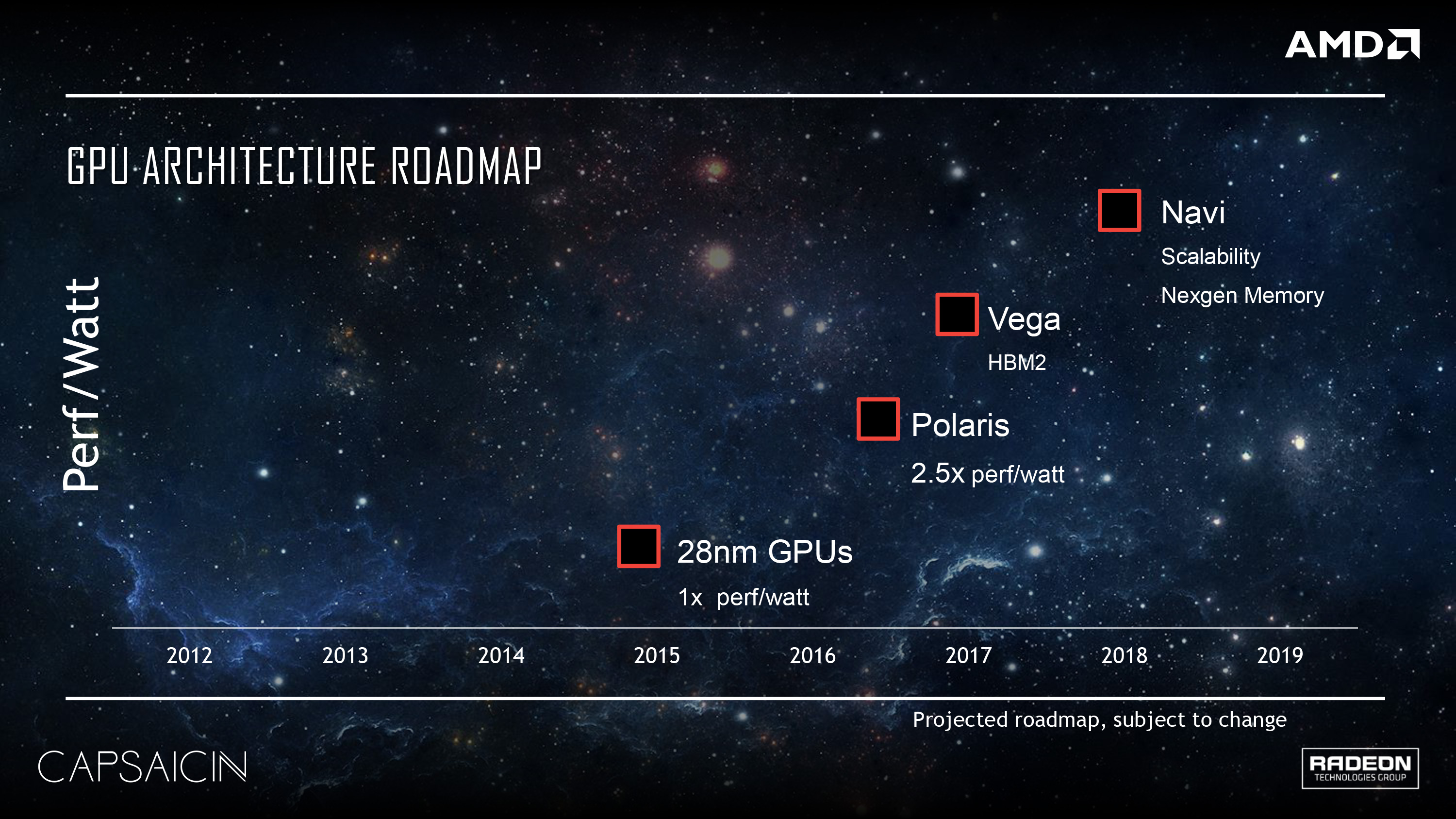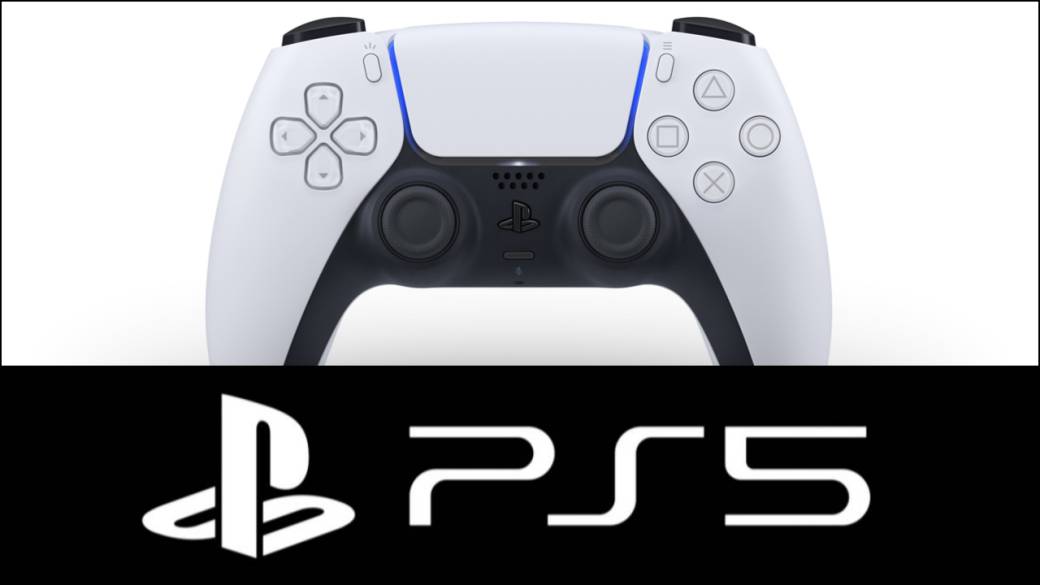Technically he didn't imply that, he just said what it would take for full RT. Wouldn't billions ray/s enter Pixar farms territory?
Kilo, Mega, Giga ~= Thousand(10^3), Million(10^6), Billion(10^9)
Nvidia's top cards are already claiming high single digit GigaRays/s with 30% real world use according to psorcerer - and the numbers fit with 10 rays per pixel at 1080p and 4K frame-rates for path tracing - although on PC it gets blurred at what frame-rate effects are being update in the Minecraft/Quake2 examples in which I suspect more rays per frame in some parts and less frame updates for others.
Sony Pictures, Pixar, etc using RT will be at least 10x times that, going by an internet talk I watched a few weeks back of someone promoting their RT middleware - in this thread the middleware has been predicted for use this gen many times, but the product name escapes me – in the talk he showed his interactive RT frame render and compared to a reference offline RT shot of the same frame that took orders of magnitude longer to render.
The slide Mark Cenry showed was a follow on from the geometry engine capabilities, and if you consider the words he used about PS4 engines. That isn't someone pitching PS4 engines just with RT (3d audio, GI, shadows &) reflections added (IMHO), otherwise the sentence would have been we expect you to keep using your old engines with these enhanced lighting features.
"modest costs" for a hundreds of millions rays/s lighting (IMHO) implies at least 1-2 GigaRays/s at full load(eg maybe a 25% modest cost for 450M rays), which would be 1080p30 or 60 with headroom for rays that don't contribute to final image if processed more efficiently than non-HSA PCs. I mean, why even put Full RT on the slide if your product can't do it?
Mark Cerny
"Another major new feature of our custom RDNA2 based GPU is ray tracing using the same strategy as AMD's upcoming PC GPUs."
"The CUs contain a new specialized unit called the intersection engine, which can calculate the intersections of rays with boxes and triangles."
"To use the intersection engine, first you build what is called an acceleration structure."
"It is data in RAM that contains all of your geometry."
"There is a specific set of formats you can use, their variations on the same BVH concept."
" Then in your shader program you use a new instruction, that asks the intersection engine to check array against the BVH."
"While the intersection engine is processing the requested ray-triangle ray-box intersections the shaders are free to do other work."
Having said that, the ray tracing instruction is pretty memory intensive, so it's a good mix with logic heavy code."
"There is of course not need to use ray tracing. PS4 graphics engines will run just fine on PlayStation 5."
"But it presents an opportunity for those interested."
"I'm thinking it'll take less than a million rays a second to have a big impact on audio. That should be enough for audio occlusion and some reverb calculations."
"With a bit more of the GPU invested in ray tracing it should be possible to do some very nice global illumination."
"Having said that, adding ray traced shadows and reflections to a traditional graphics engine could easily take hundreds of millions of rays a second."
"And full ray tracing could take billions."
"how far can we go? I'm starting to get quite bullish."
"I've already seen a PlayStation 5 title that's successfully using ray tracing based reflections in complex animated scenes with only modest costs."
"Another set of issues for the GPU involved size and frequency."
"How big do we make the GPU? And what frequency do we run it at?"
"This is a balancing act. The chip has a cost and there's a cost for whatever we use to supply that chip with power, and to cool it."
"In general, I like running the GPU at a higher frequency."
"Let me show you why."
"Here's two possible configurations for a GPU roughly of the level of the Playstation 4 Pro".
36 CU @ 1GHz VS 48 CU @ 0.75GHz
"This is a thought experiment. Don't take these configurations too seriously."
"If you just calculate Teraflops you get the same number, but actually the performance is noticeably different because teraflops is defined as the computational capability of the vector ALU."
"That's just one part of the GPU, there are a lot of other units and those other units all run faster when the GPU frequency is higher. At 33% higher frequency rasterization goes 33% faster."
"Processing the command buffer goes that much faster."
"The L2 and other caches have that much higher bandwidth, and so on."
"About the only downside is that system memory is 33% further away - in terms more cycles."
"But the large number of benefits more than counterbalanced that..."

 www.windowscentral.com
www.windowscentral.com






